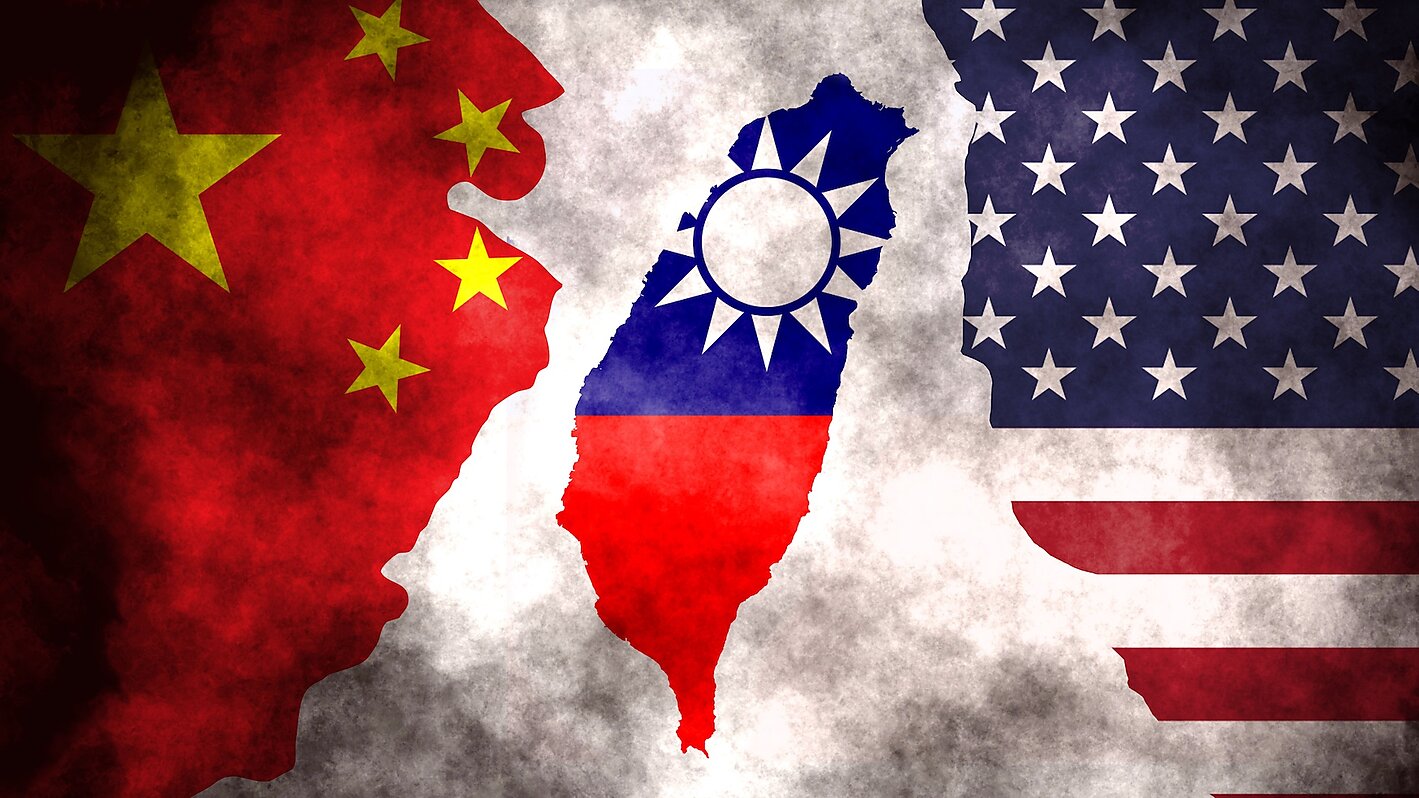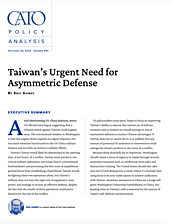Taiwan’s future would likely be determined in the opening days, if not hours, of a conflict. Taiwan must prevail in two critical military operations: surviving China’s conventional bombardment and preventing the first wave of amphibious ground forces from establishing a beachhead. Taiwan would be fighting these two operations alone, but Taiwan’s military does not have the right mix of equipment, manpower, and strategy to mount an effective defense, despite the fact that the results of these operations could prove decisive for the rest of the conflict.
US policymakers must press Taipei to focus on improving Taiwan’s ability to execute this narrow set of military missions and to reorient its overall strategy to one of asymmetric defense to counter Chinese advantages. If Taiwan does not or cannot do so, it is unlikely that any amount of potential US assistance or intervention could salvage the island’s position in the event of a conflict.
Because these shortfalls are so important, Washington should create a sense of urgency in Taipei through security assistance measures such as conditional arms sales and limited joint training. The United States should also take care not to back Beijing into a corner where it concludes that using force is its only viable option to achieve unification with Taiwan. American assurances to China are a tough sell given Washington’s bipartisan hawkishness on China, but keeping time on Taiwan’s side is essential for the success of Taipei’s self‐defense transformation.



